Starting in 1994, Tekken became one of the premier 3D fighting games, taking cues from pioneering 3D fighters like Virtua Fighter and Soul Calibur, creating a blend of amazing combo mechanics blended with amazing graphics that have continued to evolve.
To celebrate the upcoming Tekken 8, we are taking a look at the franchise as a whole, ranking the games from absolute trash through to S-Tier heaven.
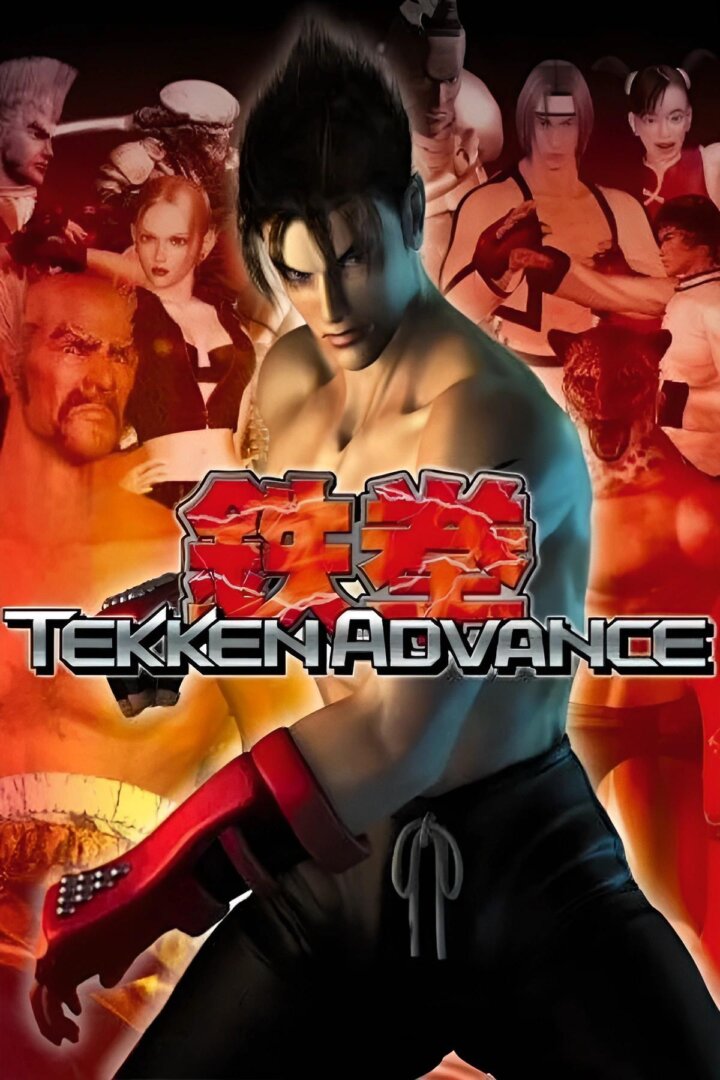
Death by Degrees Tekken: Nina Williams
Formats: PlayStation 2
Original Release Year: 2005
I will never understand why some companies think that they can take one character from a fighting game and place them into an action-adventure spin-off thinking it would be successful. Mortal Kombat did this twice and failed, so why does Namco think taking Nina Willaims and putting her into a solo game would be a good idea?
History aside, Death by Degrees isn't a bad game. Taking Nina through a spy story complete with a mix of fighting using her moves from the game alongside things like Sniper sections and other things makes for a better experience than Sub Zero Mythologies and Special Forces ever were. It could have something to do with Namco experimenting with Tekken Force modes previously in Tekken 4 & Tekken 5.
There was a lot of time and effort put into Death by Degrees, but the game didn't get much of a chance to be something that was looked at with its own merits rather than an extension of the Tekken franchise. The game is decent even by modern standards and has become one of the higher sort after Tekken games for collectors, but it is still a spin-off that will forever be called less than worthy.

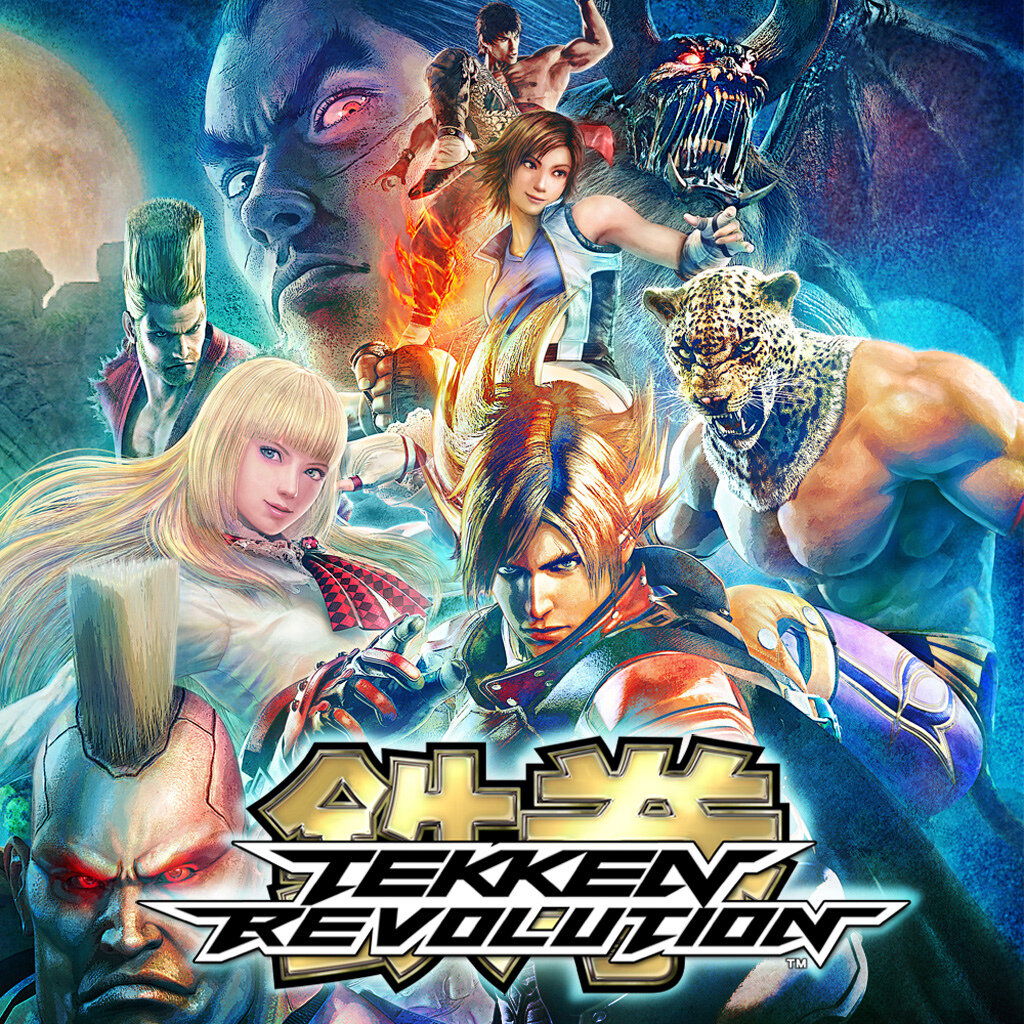
Tekken Revolution
Formats: PlayStation 3
Original Release Year: 2013
If there is anything I hate on the same level as a bad port of a good game, it's a "Games as a Service" style port of a good game. Tekken Revolution tries to take the Tekken formula, make the game "free", and do things like have characters locked being a premium currency and also have "pay to win" stat boosts available and pushed heavily to the player.
As a game, Tekken Revolution is a solid one-on-one Tekken game using the cast and models from Tekken Tag Tournament 2, while introducing new mechanics like Special Arts and Critical Arts moves designed to help new players. So from a technical standpoint, Tekken Revolution does some innovation for being a free game. However, the introduction of stats that you level up on a character through winning fights, or opening your wallet, takes away from the fighting game nature of the Tekken franchise.
Games as a Service model might be good for mobile games, like the Gatcha genre, but it really needs to stay out of other games, especially those on consoles and PCs. Tekken Revolution died less than a Warrior's death 4 years after its release on PlayStation 3, launching in June 2013 and ending in March 2017. May the game, and its concept, stay dead where Games as a Service belong.

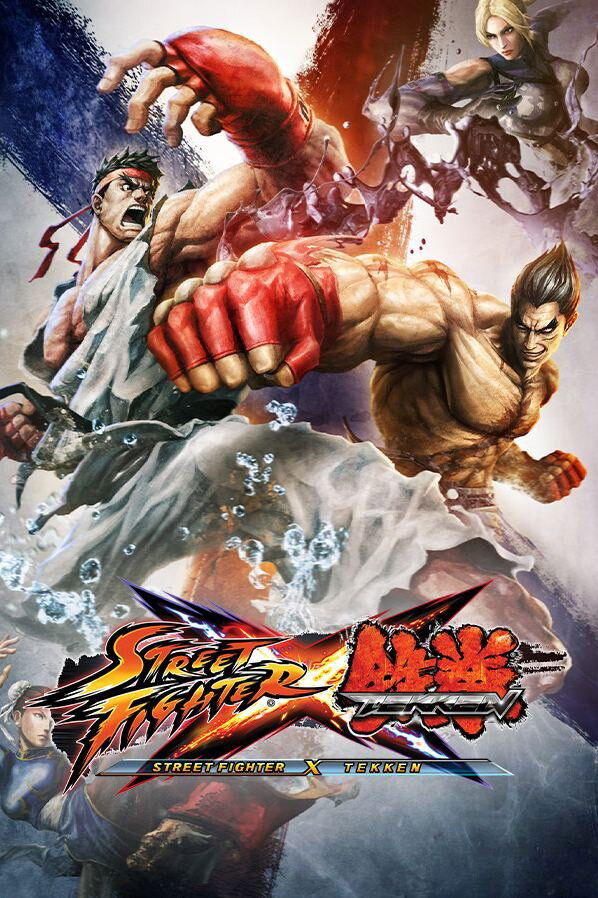
Street Fighter x Tekken
Formats: PlayStation 3, Xbox 360, Microsoft Windows, & PlayStation Vita
Original Release Year: 2012
Crossover games are big business. Marvel vs Capcom or the Street Fighter vs X-Men arcade games are some of the best fun you can have in the fighting game community, so when Namco said they were going to do a crossover game with Capcom that would see the fighters of Street Fighter face off against the fighters from Tekken, with one game developed by each company, the fighting game world was on the edge of their seats.
The result of Capcom's efforts was... interesting. Street Fighter x Tekken was a tag fighter where you could team up characters from either side as they battled other teams on the quest to get the Pandora, a mystical box that could do... something... We never get a clear picture of what the damn thing could do. But any reason to fight I guess.
The gameplay was ok, but where it failed was the control system. Street Fighter characters worked with their traditional 6-button system, and Tekken characters had a modified 4-button system that tried to emulate their system while working with Street Fighter's core system. The mix of the two is a pain in the butt, not to mention confusing as hell. The result is a weird fighting system that works but doesn't at the same time.
Worse than the control system was the DLC. Characters locked on the disc, needing a purchase to unlock the data you already paid for, to the insane amount of Gems you could buy for that complex and stupid game system, and other things annoyed players to death, with many outlets also noting the excessive output of extra paid content as being too much... Much like it is today, but with fewer complaints by the gaming media.
Namco was meant to follow up with Tekken vs Street Fighter, seeing the cast of Street Fighter in a Tekken-based game, but the game was never produced beyond the concept stage. While Tekken producer Katsuhiro Harada wanted to complete and release the game, it was officially canceled in 2016. However, Harada was able to work with Capcom again to include Akuma in Tekken 7.

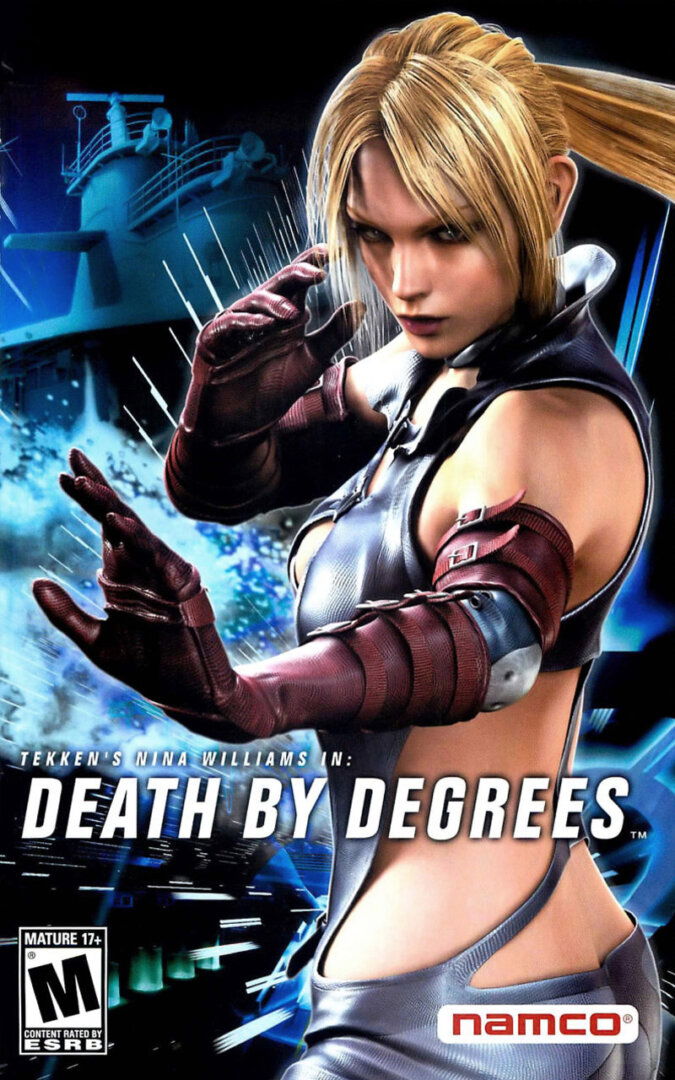
Death by Degrees Tekken: Nina Williams
Formats: PlayStation 2
Original Release Year: 2005
I will never understand why some companies think that they can take one character from a fighting game and place them into an action-adventure spin-off thinking it would be successful. Mortal Kombat did this twice and failed, so why does Namco think taking Nina Willaims and putting her into a solo game would be a good idea?
History aside, Death by Degrees isn't a bad game. Taking Nina through a spy story complete with a mix of fighting using her moves from the game alongside things like Sniper sections and other things makes for a better experience than Sub Zero Mythologies and Special Forces ever were. It could have something to do with Namco experimenting with Tekken Force modes previously in Tekken 4 & Tekken 5.
There was a lot of time and effort put into Death by Degrees, but the game didn't get much of a chance to be something that was looked at with its own merits rather than an extension of the Tekken franchise. The game is decent even by modern standards and has become one of the higher sort after Tekken games for collectors, but it is still a spin-off that will forever be called less than worthy.


Tekken 3D: Prime Edition
Formats: Nintendo 3DS
Original Release Year: 2012
Finally, a good port of a game in the Tekken series. Tekken 3D is an update/port of Tekken 6, which might not be one of the best entries into the Tekken franchise, but it was one that I played daily since its release back in 2012. I spent many lunch breaks playing in the lunch room with other 3DS owners, beating and getting beat in some of the best lunch break memories I've ever had while working.
Tekken 3D kept things simple with the Tekken formula, but there was a gimmick where you used the Nintendo 3DS' 3D slider to drop the background back and make the fighters stand out a lot more. This was fine for a time, but after a while, you'd turn the slider back to 2D and play the game that way as it didn't change anything but the graphics layer.
The other thing that Tekken 3D had going for it was the inclusion of Tekken: Blood Vengeance, the movie that was also released on the Tekken Hybrid disc for PlayStation 3. Watching Tekken: Blood Vengeance is good on the handheld, but you have to watch using the 3D slider as that is why the movie was included in a great use of the gimmick of the handheld.
Tekken 3D is a good game, but its still on a handheld console, which is inferior to the main console versions in terms of graphics. But Tekken 3D is the best port of a Tekken game for a portable system and would be the best port of a Tekken game ever... Except there was one more game brought out at the same time that did things WAY better.

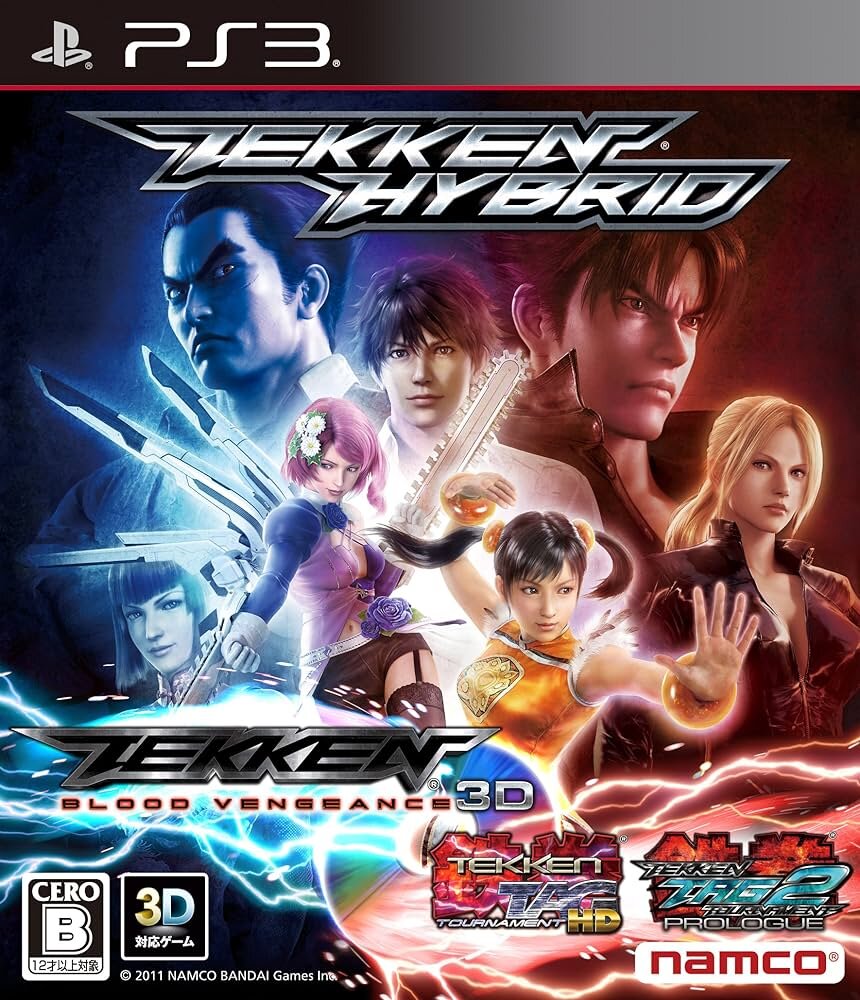
Tekken Hybrid
Formats: PlayStation 3
Original Release Year: 2011
Ok, this is the last port on the list, I swear.
Tekken Hybrid, for the most part, can be considered a demo of sorts for Tekken Tag Tournament 2 with a promotional movie attached. This PlayStation 3 exclusive (Which needs a port to PlayStation 5) brings you Tekken Tag Tournament 2 Prelude, Tekken: Blood Vengeance, and a HD upgrade/port of Tekken Tag Tournament all on the one disc, something that people were not expecting. Yes, it is horrible marketing, making people pay full price for a demo, but Namco made it well worth it with the movie and HD game included as well.
Tekken Tag Tournament 2 Prelude isn't much of a demo, with only Alisa Bosconovitch, Devil Jin, Devil Kazuya, and Ling Xiaoyu selectable for a single 2-round fight. These character's costumes are exclusive to this demo and were not used in the main release of Tekken Tag Tournament 2. Other than that, this is a good way to get an idea of what Tekken Tag Tournament 2 is like without buying the game... or just ignore this and get the game anyway, it's dirt cheap on eBay.
The main reason to get the Tekken Hybrid disc is for the HD upgrade/port of the Tekken Tag Tournament from the PlayStation 2 era. This port upgrades everything to crisp and clear 1080p. Outside of that, it is still the same that you got in the PlayStation 2 era, complete with Tekken Bowl HD, and that is not bad. I would recommend that if you can get this version of Tekken Tag Tournament, then do so as it has all the improvements that came with the Arcade and console versions over time with modern HD graphics that people love to see with ports these days... Are you listening to us Namco? We want more ports like this for older Tekken games!
For those wanting to know what I think about Tekken: Blood Vengeance, you can read the review I did recently here that will cover all that. So I won't bother going into it again here.

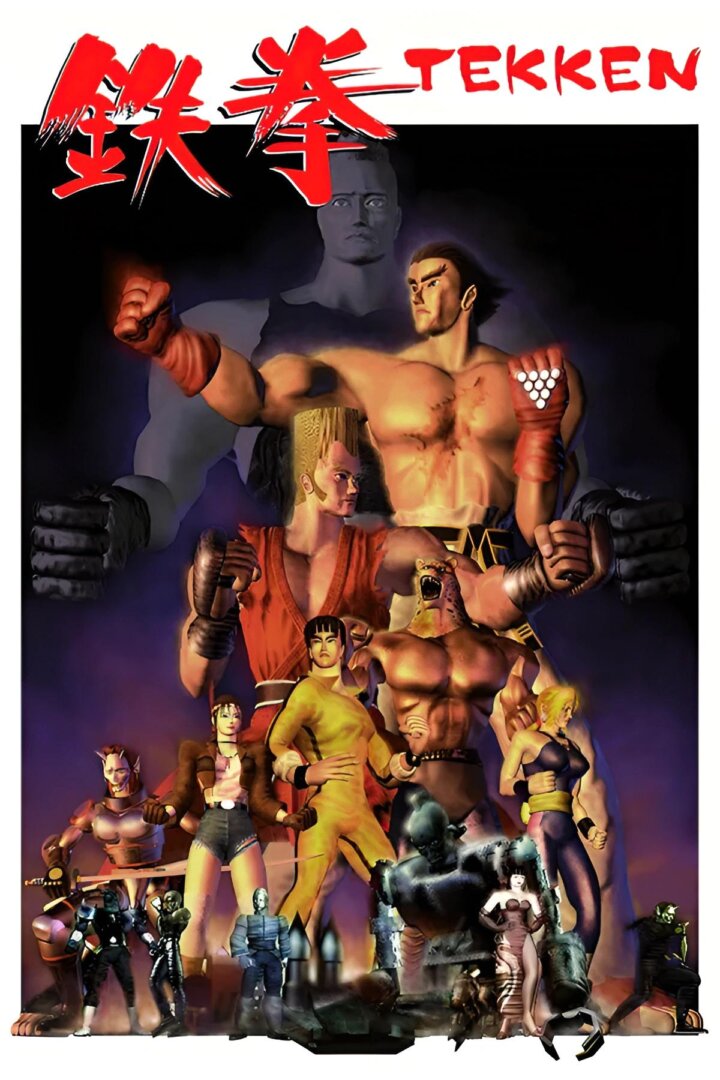
Tekken
Formats: Arcade & PlayStation
Original Release Year: 1994
Alright, time to jump into the main line games and we're starting with... Tekken?! Yep, the original game is at the bottom of the mainline list, and for good reason: Tekken just has not aged well at all.
Tekken is a very floaty fighter, with everything running so slow that it almost feels like you are fighting on the moon. Movement is clunky, with nothing working as intended with every input, so do not think you are going to pull off combos or moves with ease.
While Tekken was one of the first 3D fighting games in the genre, it was a very blocky game with everything looking very low polygon count due to the limitations of the motherboards in the Arcade and the limitation of the graphics chip of the PlayStation. Because of that Tekken has aged like spoilt milk, looking horrible unless you know how to use something like DuckStation or a HDMI output mod to smooth some of the graphics, but no level of smoothing can completely make the game look any good.
I'm thankful for what Tekken did for the fighting game genre, it ushered in a new way to make fighting games that has become standard today. Tekken is the innovator that knew the future before it happened and that will always be something history will reflect, but the game is still something of a prototype of what was to come once Namco got used to the hardware of the age. Thanks Tekken, but you're just not worth replaying these days.

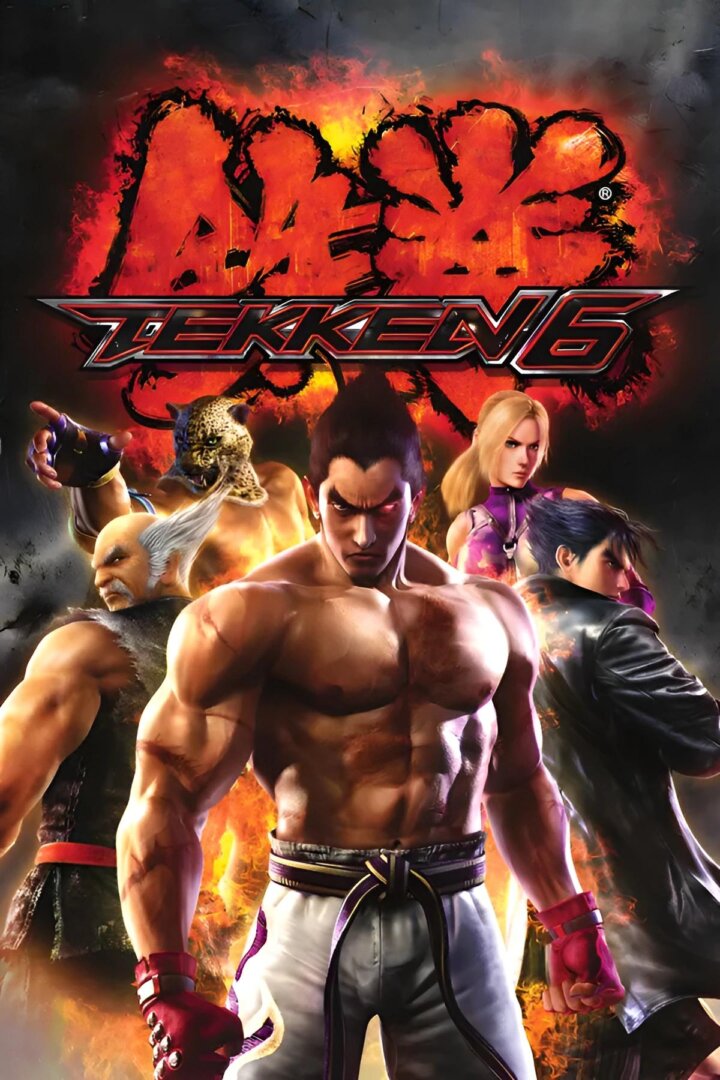
Tekken 6
Formats: Arcade, PlayStation 3, PlayStation Portable, & Xbox 360
Original Release Year: 2007
Out of all the more modern Tekken games, Tekken 6 just comes off as two things: Boring and Frustrating. For some reason, Tekken 6 is the game that brought us the rage system, something that would evolve over the next two days... But the cost of that was a bunch of new characters who ranged from pointless, to goofy, to outright dumb, and a couple of boss characters who were so full of guard armor and general fighting game boss bullshit that people generally turned away from the game in Arcades and late on consoles.
The story of Tekken 6 tries to turn the previous plotline of the Mishima family being the ultimate enemy thanks to the Devil Gene, to Jin becoming corrupt and a villain bent on world conquest. This sudden change in character made Jin completely turn people away, not to mention the introduction of Azazel, the god/demon behind the curse of the Devil Gene, which was so sudden that it felt very forced and contrived.
Gameplay-wise, Tekken 6 was as solid as previous entries in the franchise, so this was almost like a Tekken 5.5 more than its own game. The update to the game, called Bloodline Rebellion, tries to mix things up enough that the console version of the game would be different enough to be worthy of a purchase, but it just ended up feeling more like Tekken 5 than ever, especially with the inclusion of "Scenario Campaign", which bears similarities with the "Tekken Force" and "Devil Within" modes from previous installments.
Tekken 6 has its place on this line up mainly because it didn't try enough to separate itself from previous Tekken games, something that most of the rest of the line up did extremely well.

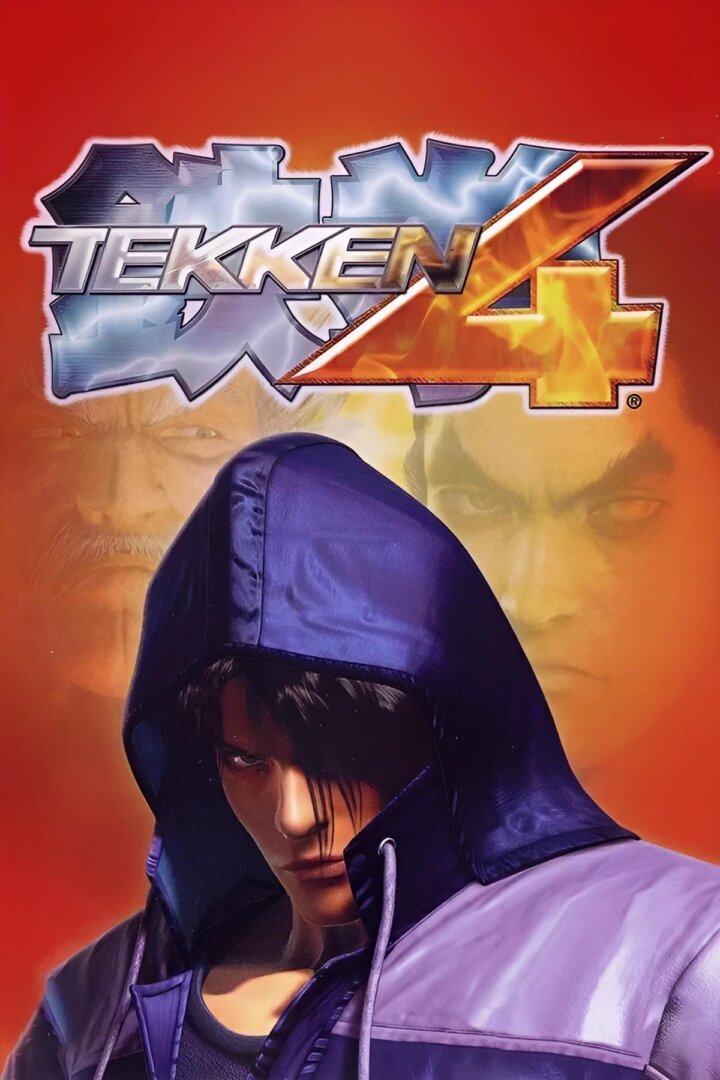
Tekken 4
Formats: Arcade & PlayStation 2
Original Release Year: 2001
The first game in the series to appear on PlayStation 2, Tekken 4 showed a lot of improvements to the franchise that would lay the groundwork for the series to come. Much like Tekken on PlayStation, Tekken 4 suffers from aging issues since it was the first title on the platform. Other games looked much better using the same engine as Namco got used to using the engine over time.
Tekken 4 introduced a lot of the modes and mechanics that have become standard in Tekken games to this day such as "environmental hazards" which in turn allowed players to juggle opponents for consecutive combos and allowed the designers to implement a "switch maneuver", which let players escape from cornering and turn the tide in their favor.
The console version of Tekken 4 includes a beat 'em up minigame available from the outset, called Tekken Force. Similar to the previous minigame found in Tekken 3, it presents the player with an over-the-shoulder perspective as they fight wave upon wave of Heihachi's Tekken Force through four stages, eventually facing Heihachi himself.
Tekken 4 brought the Tekken series into a new age and would go on to improve well beyond what Tekken 4 began, but as mentioned before, as it was the first entry into a new age, Tekken 4 is often left in the dust when looking at the series as a whole.

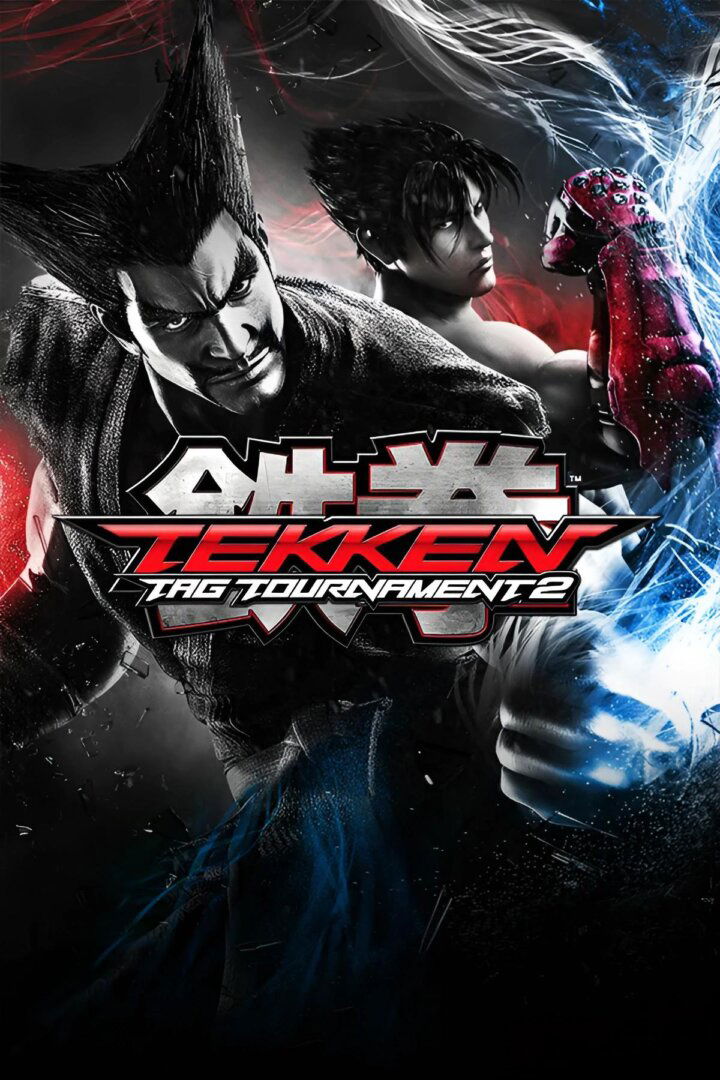
Tekken Tag Tournament 2
Formats: Arcade, PlayStation 3, Xbox 360, & Wii U
Original Release Year: 2011
It seems that when Tekken begins a new era, the old one ends with a non-canon Tekken Tag Tournament. After Tekken 6, the series hibernated for a while but still wanted to raise some capital to make future games, so Tekken Tag Tournament 2 was released.
The preview of this title was done with Tekken Hybrid, using new models for Devil Jin and Devil Kazuya, both of which didn't appear in this title, however, the movie Tekken: Blood Vengeance works with the game's storyline. Outside of that, there are small improvements to the gameplay system thanks to the advances introduced in previous titles, such as the environmental hazards system which allowed players to juggle and do extra damage using walls and other objects.
While Tekken Tag Tournament 2 is a great end to the second era of Tekken games, it wasn't much of an improvement over the previous version of the game. Sure, it included a few new returning characters from other games like Jinpachi Mishima, Unknown, and True Ogre, as well as the return of Tekken Ball; but Tekken Tag Tournament 2 will always be remembered as the "less fun" of the two Tekken Tag Tournament games... Except on WiiU where the Nintendo exclusive costumes and items make it somewhat worth buying.

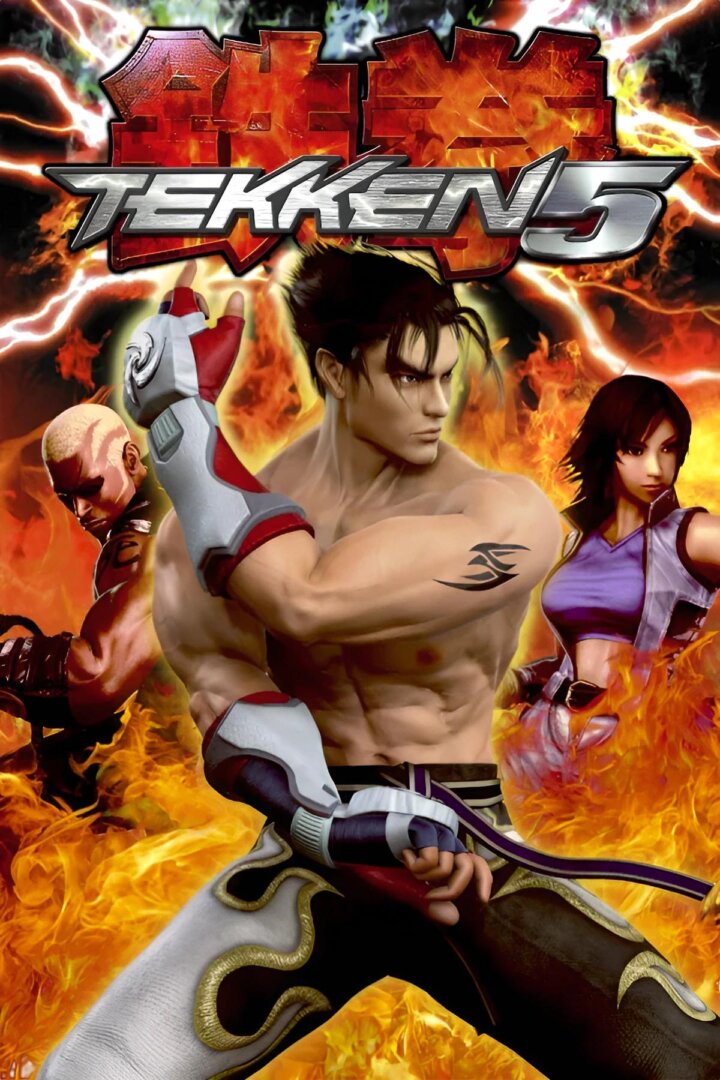
Tekken 5
Formats: Arcade & PlayStation 2
Original Release Year: 2004
Tekken 5, while not being a highlight of the series for most people, was a personal highlight as this game became the true groundwork for what Tekken games should be as there was a shift from Arcade focus to console focus.
Story mode made a return, though not as fleshed out as it would later become. Arcade mode remained a staple of the series, "The Devil Within" was the action-adventure mode for the year with a single character focus, and the overall gameplay was fixed to be more fast-paced and fluid like Tekken 2 and Tekken 3 were... The only thing wrong with Tekken 5 from a gameplay aspect was the cheap-as-hell boss character, Jinpachi Mishima, who had projectile spamming worse than anything seen in Capcom or SNK games.
It was Tekken 5 which started the more "over the top" style of story and gameplay that has made the series stand out since this release. While this might not appeal to some longer-term fans of the Tekken series, it did make the game accessible to new players for the first time since the original game's release 10 years ago. Tekken didn't need to be a serious fighter with hard-to-master mechanics, it just needed to be fun, and Tekken 5 captured that spirit.


Tekken Tag Tournament
Formats: Arcade & PlayStation 2
Original Release Year: 1999
As mentioned previously, the end of each Tekken era seems to come with a Tekken Tag Tournament (Those who think PlayStation 3 didn't get one, you got Tekken Tag Tournament HD). This first entry into that tag sub-genre would be considered Tekken 3 with slightly better graphics. As it is the first one of its type, the game isn't as lavish or mechanics-heavy as the sequel, yet this version seems to be the one that most people love to play to this day... and I do not blame them.
Tekken Tag Tournament took the established Tekken formula and added a second character to the mix, giving you an extra health bar to work within the fights. However, should either character be defeated at any time, the round is over and everything resets for the next round. This added an extra layer of strategy to the game, knowing the best time to switch characters was the difference between winning and losing.
Character-wise, this was the first time that we saw characters from Tekken 2 and Tekken 3 in the same game, with some of the ending scenes giving some sort of hint as to what the character was up to while missing from Tekken 3, though it was confirmed that many characters died before Tekken 3 began so these events are not canon at all. The only new character in Tekken Tag Tournament was Unknown, a demon-possessed version of Jun Kazama, who replicated the moves of other characters instead of using her move set from Tekken 2.
Tekken Tag Tournament also introduced Tekken Bowl, a ten-pin bowling mini-game that proved to be extremely popular with players, with them begging for the mode to return in future games. Tekken Bowl returned in Tekken 7 as a free bonus.

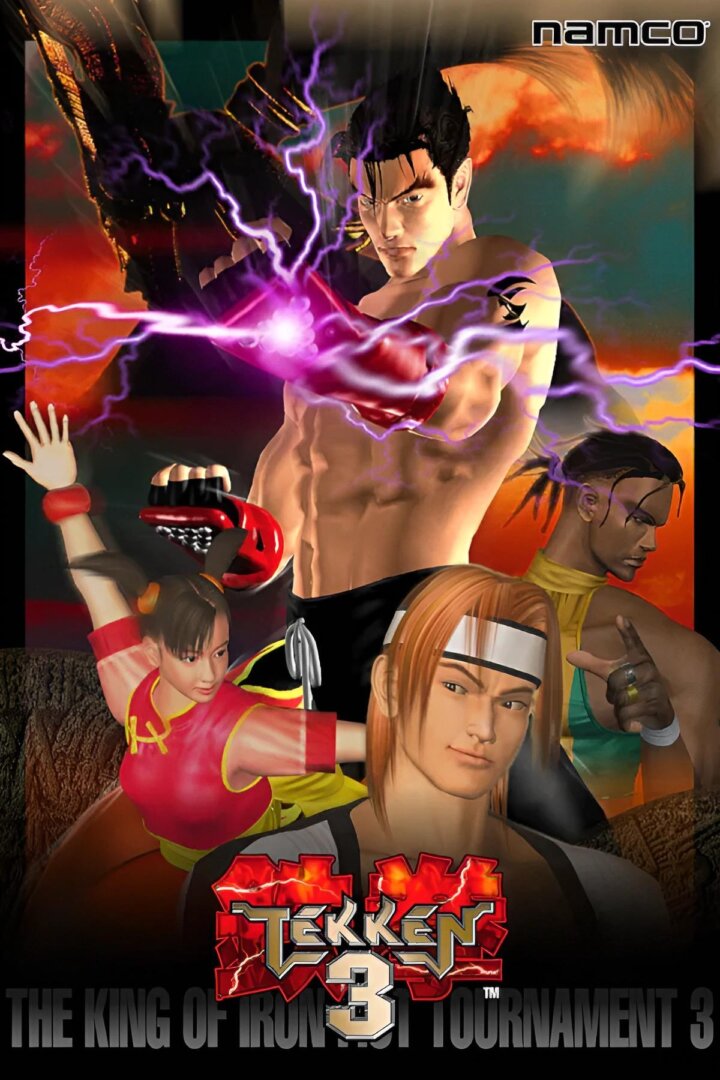
Tekken 3
Formats: Arcade & PlayStation
Original Release Year: 1997
GASP! Tekken 3 is in third place on this list?! I can already hear the armies of Tekken fans smashing their keyboards in frustration as they comment on how wrong I am on this choice... But hear me out first, ok?
Tekken 3 is the pinnacle of what type of graphically great gameplay you can get out of the PlayStation. It brought us Tekken Ball, a fun mini-game. We also had Tekken Force, the first attempt at an action-adventure game on the same disc as the main game. But when you look back on it, does it hold up as well as other titles? Not really.
Tekken 3 was an attempt at renewing the game for a new audience, replacing or adding a bunch of new characters that Namco thought was the best move at the time. However, it alienated a lot of the core audience that Tekken had at the time, mostly due to the sudden shift in characters and even the story focus at the time. As much as Jin is as much of the face of Tekken as Kazuya and Heihachi, Jin wasn't liked as much back in Tekken 3, and all the new characters just didn't hit as well as the old cast.
Tekken 3 tried to do a lot of new things, some of them becoming staples in the series to follow, but at the time, experimentation was not well received. Tekken 3 did too much before its time, with many of the other entries doing the same things a lot better, mostly due to better hardware. I'm sorry Tekken 3 fans, but your beloved game is good, which is why it gets this spot on the list, but other games were just better.

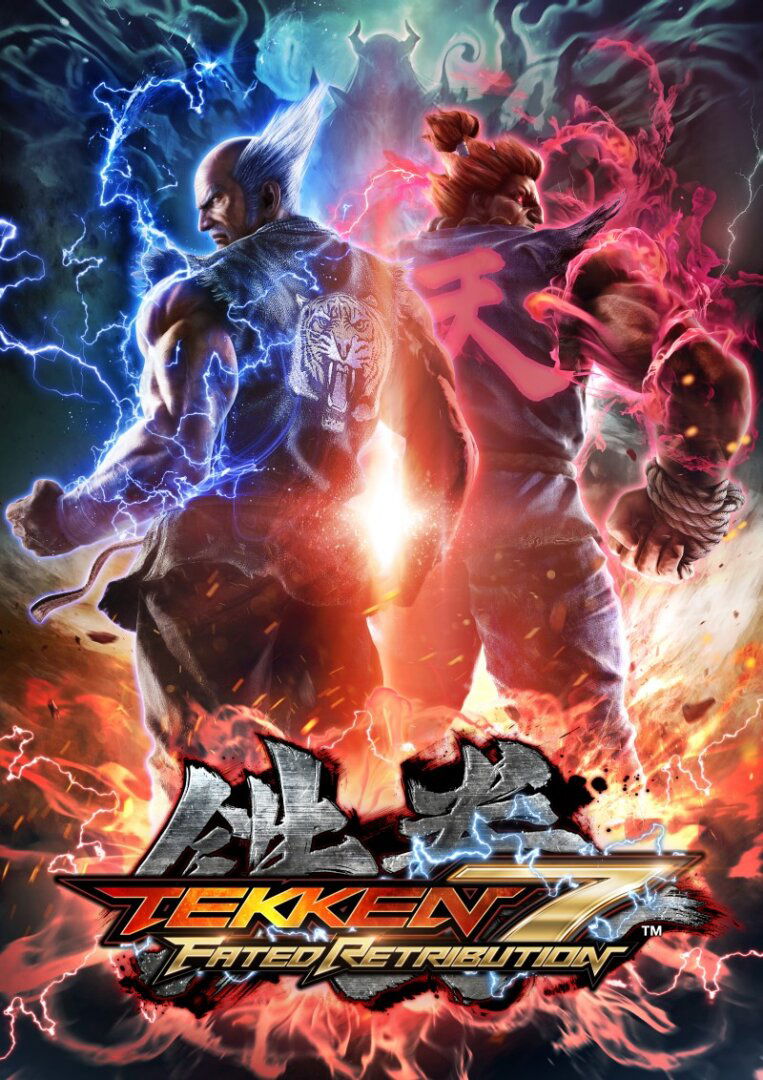
Tekken 7
Formats: Arcade, PlayStation 4, Xbox One, Microsoft Windows
Original Release Year: 2015
Yep, Tekken 7 is here, and for good reason.
Tekken 7 took everything that has been experimented and changed in the series up to this point and just perfected it. A well-done cinematic story mode full of twists, turns, and challenges with many characters involved. A solid Arcade replica experience in both online and offline modes. A mini-game return that fans just love to play over and over again. Character customization turned up to 11. A cross-over with New Japan Pro Wrestling, Street Fighter, Final Fantasy, Fatal Fury, and The Walking Dead. Gameplay changes that amped up the insanity to insane degrees. Tekken 7 is as close to perfection as Tekken will ever get... unless Tekken 8 does it better.
If there is a negative about Tekken 7, it is that the game fell into the modern annoyance known as Season Passes. With 4 Season Passes available for the game, with fewer offerings with each new Pass, Tekken 7 became another exercise in a game being too expensive when all the costs are combined. However, once the Season 4 Pass was available, the game did drop in cost as Namco-Bandai released a "Definitive Edition" online not to long afterwards which regularly goes on sale for less than $30. So it's worth waiting for a sale to pick this one up with all the DLC.

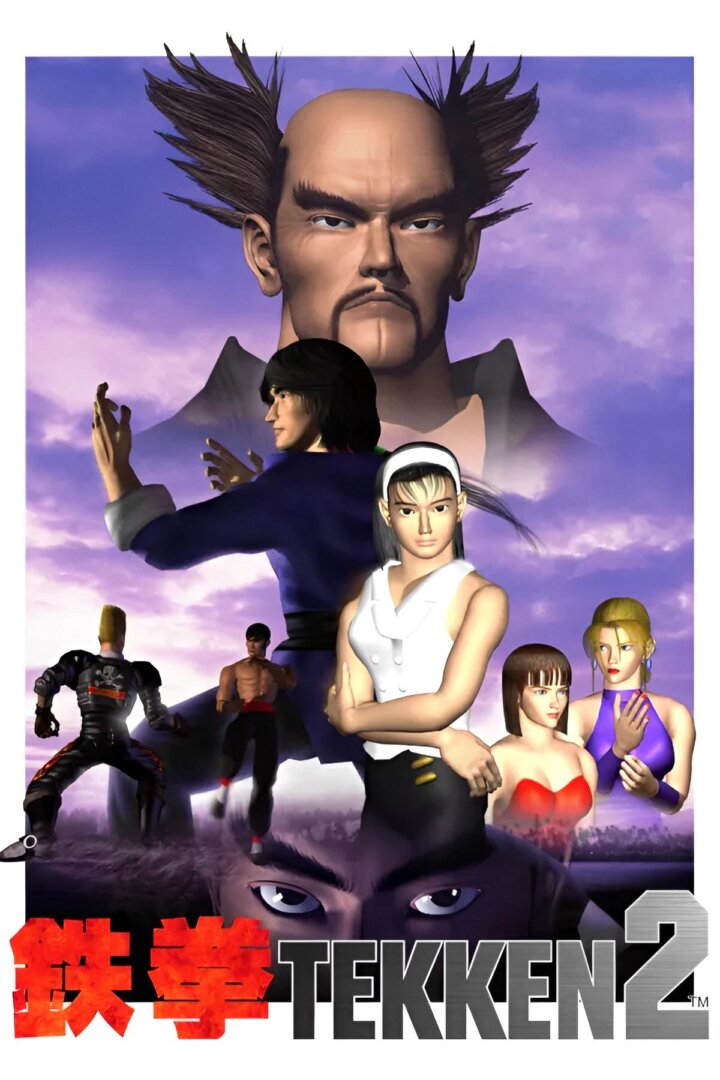
Tekken 2
Formats: Arcade & PlayStation
Original Release Year: 1995
Ok, I can hear the complaining again. Tekken 2, for most people, isn't a game that would land in the top 10 of a list like this and wouldn't be anywhere near number one... But it's my list, so shut up.
For me, Tekken 2 is a big nostalgia hit. I remember seeing it in the Arcade as a kid, paying $1 (Australian) to play one game of it when Street Fighter II was only $0.60 per play. Nonetheless, I wanted to play this more than the game that defined my childhood. Why? Because of one character: King.
Being a child of the 1990s, I was a BIG fan of professional wrestling. So King was a huge appeal character to me as I was beginning to see new promotions out of Japan, learning of Tiger Mask, the inspiration for King. Tekken 2 was the game that brought King into his wrestling style properly, complete with chain wrestling moves. Learning those combinations was like studying for an exam, with many hours looking over my copy of Fighters Edge, a magazine that listed all the combinations.
As time rolls on and more Tekken games come out, I often find myself turning back to Tekken 2 to just have fun. Tekken 2 didn't include any special extras, story fluff, or anything else. This game was straight-up one-on-one action, and sometimes that's all you need.



